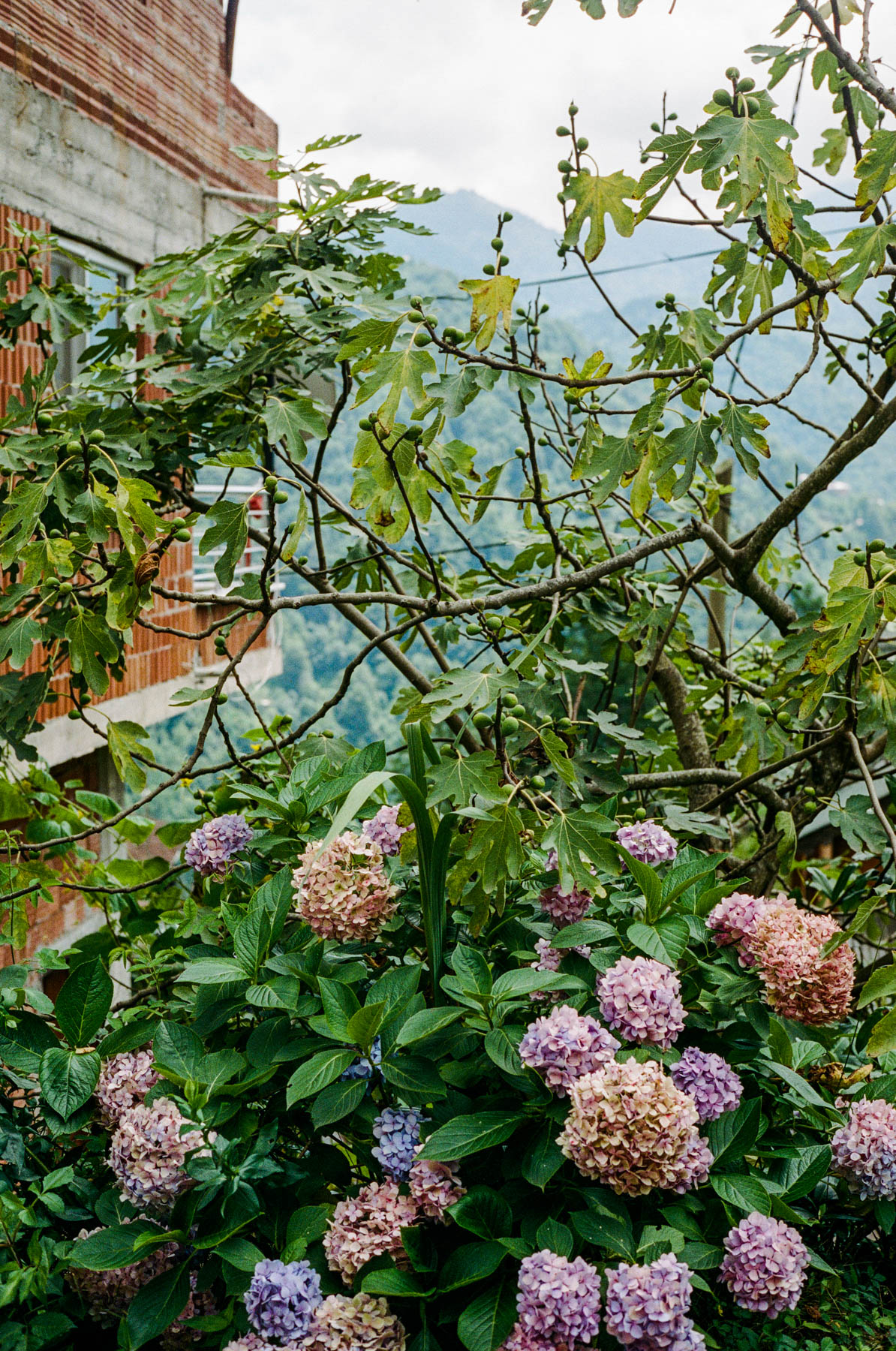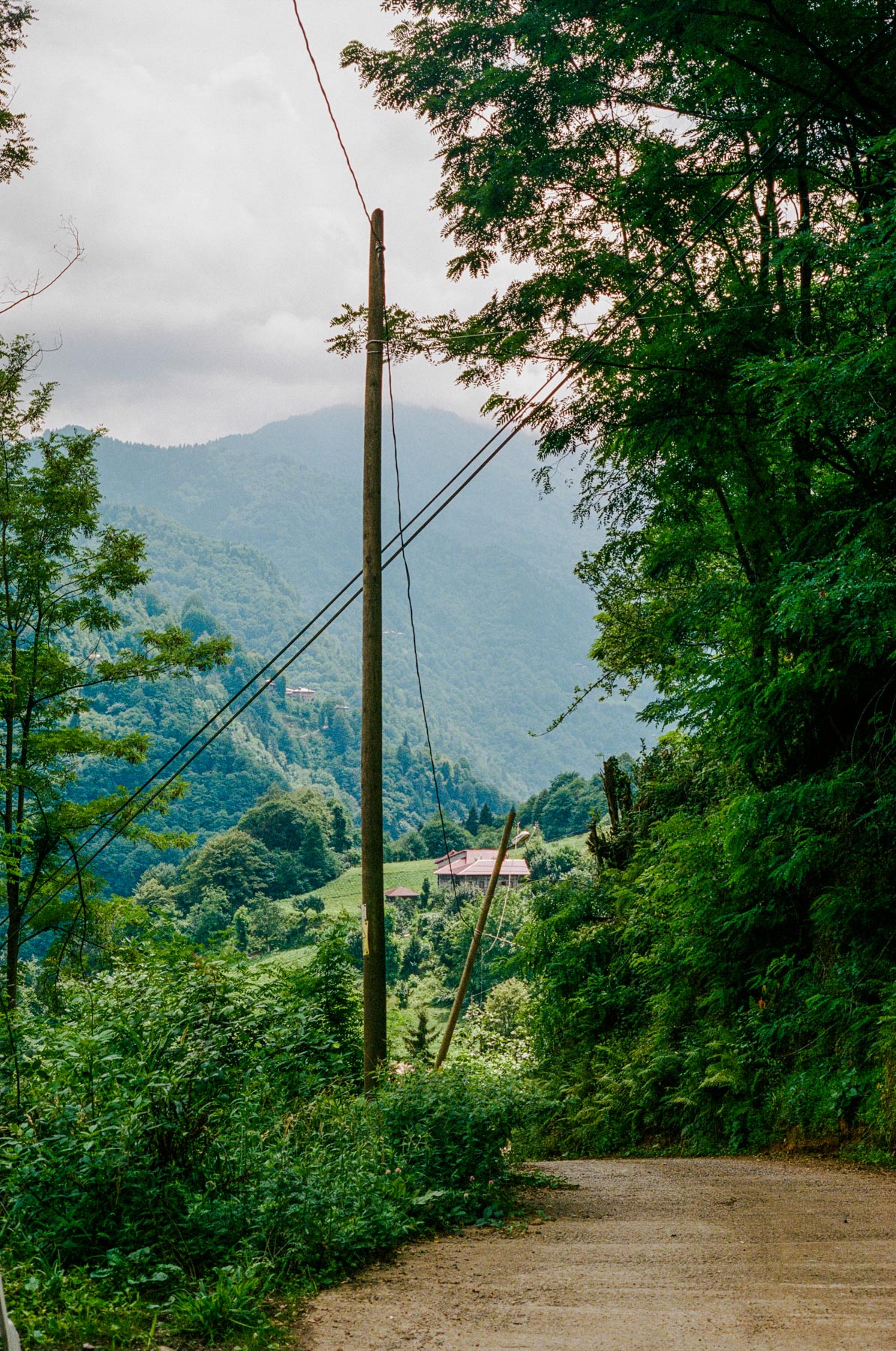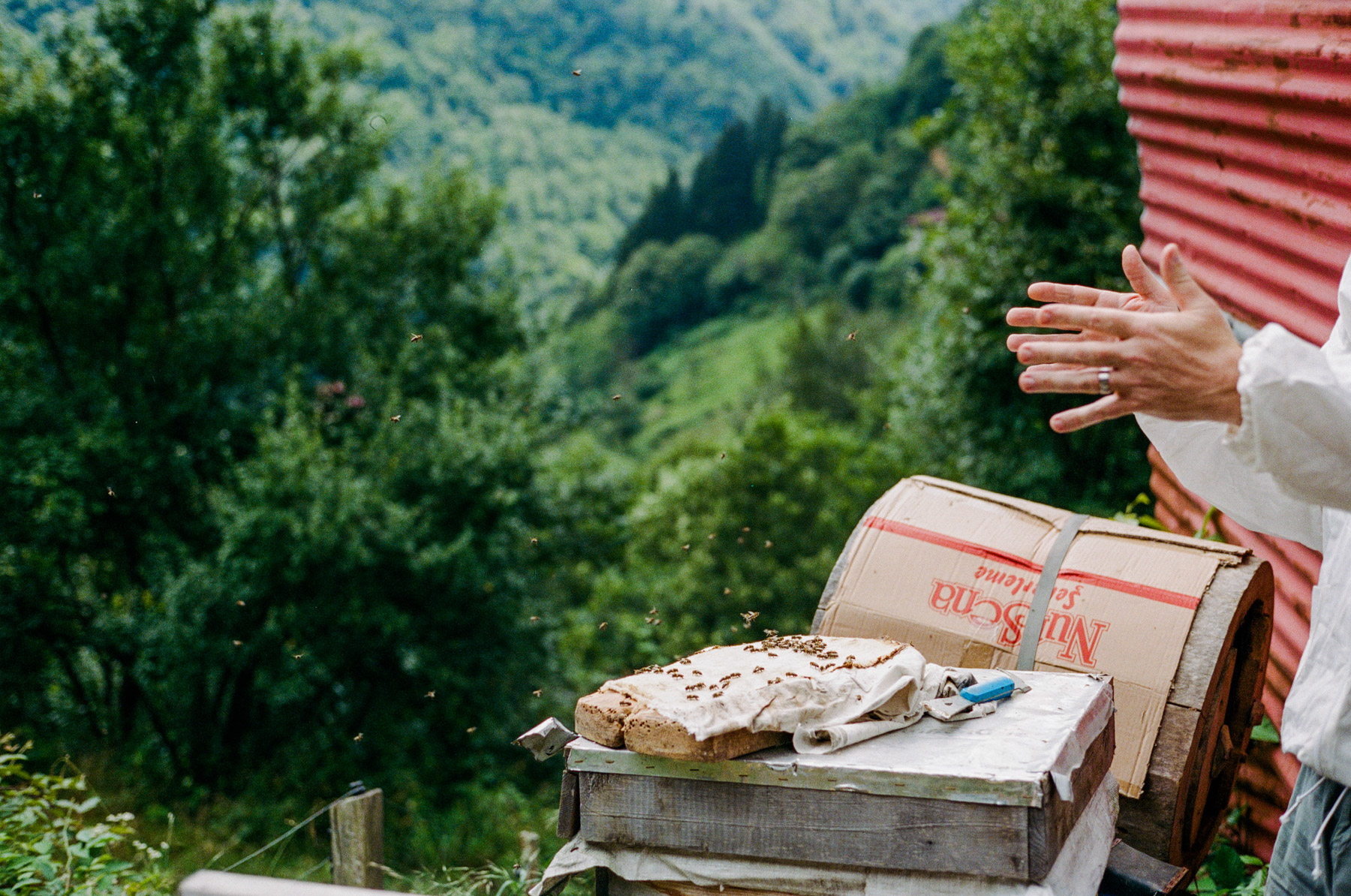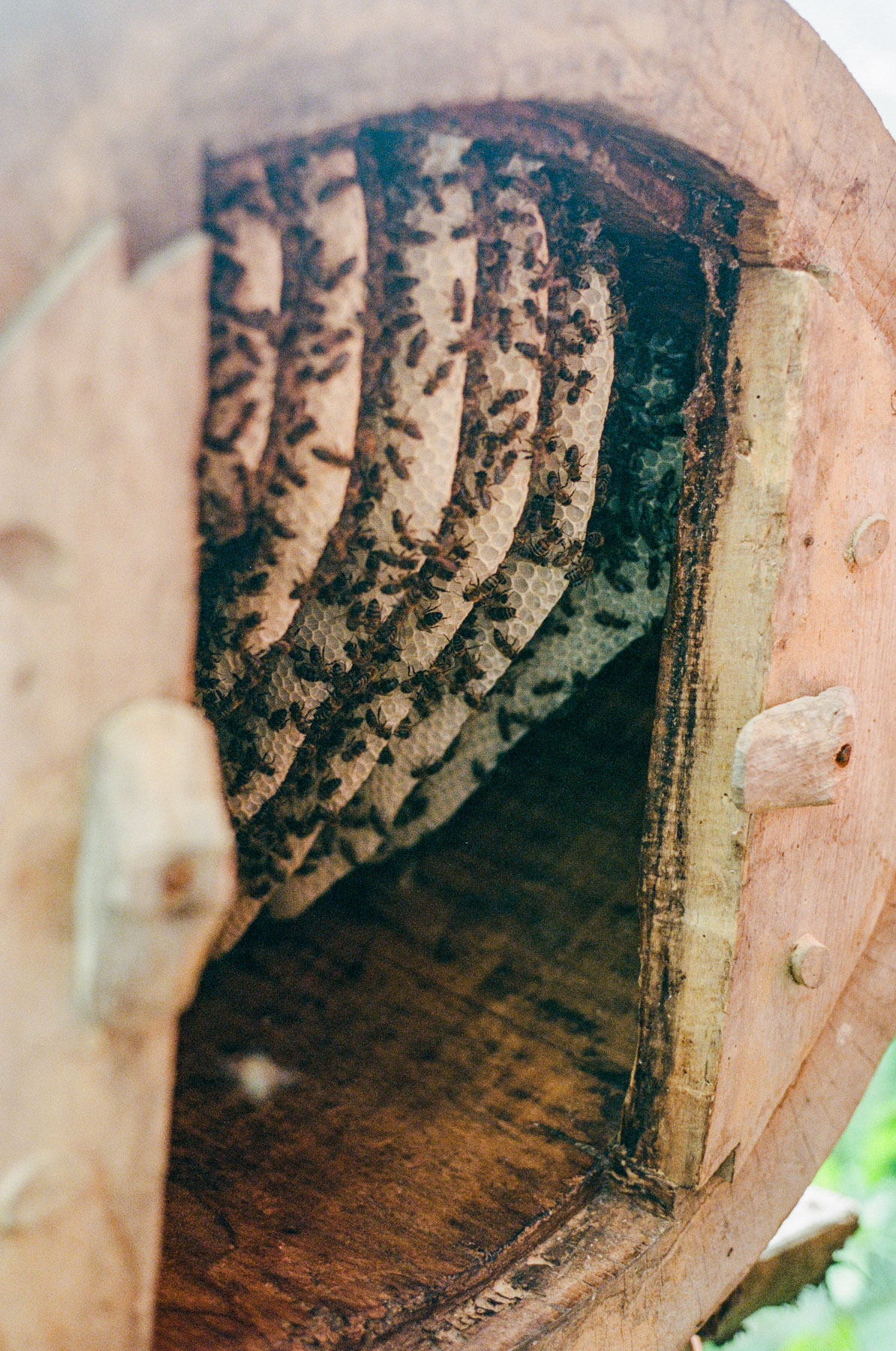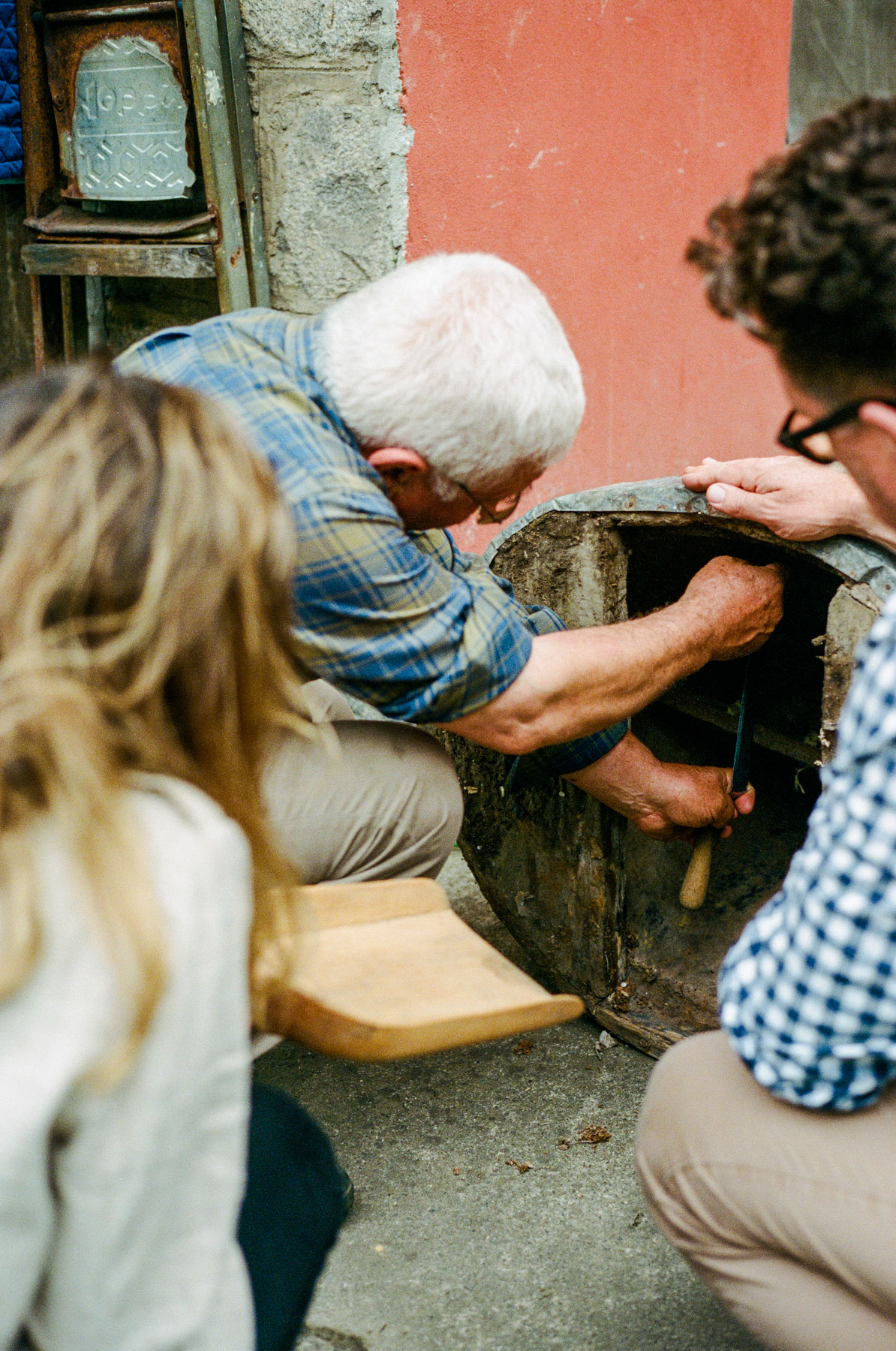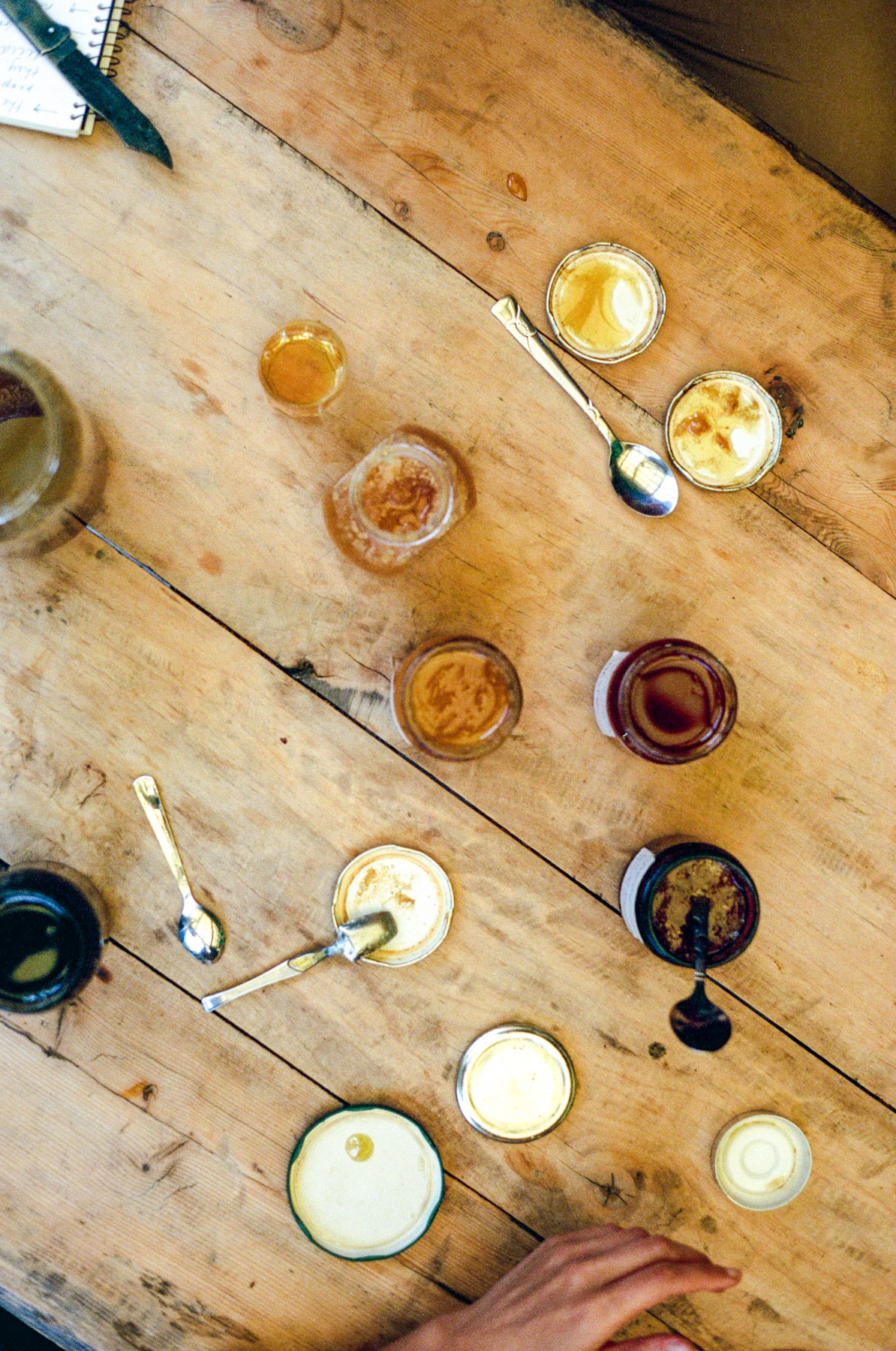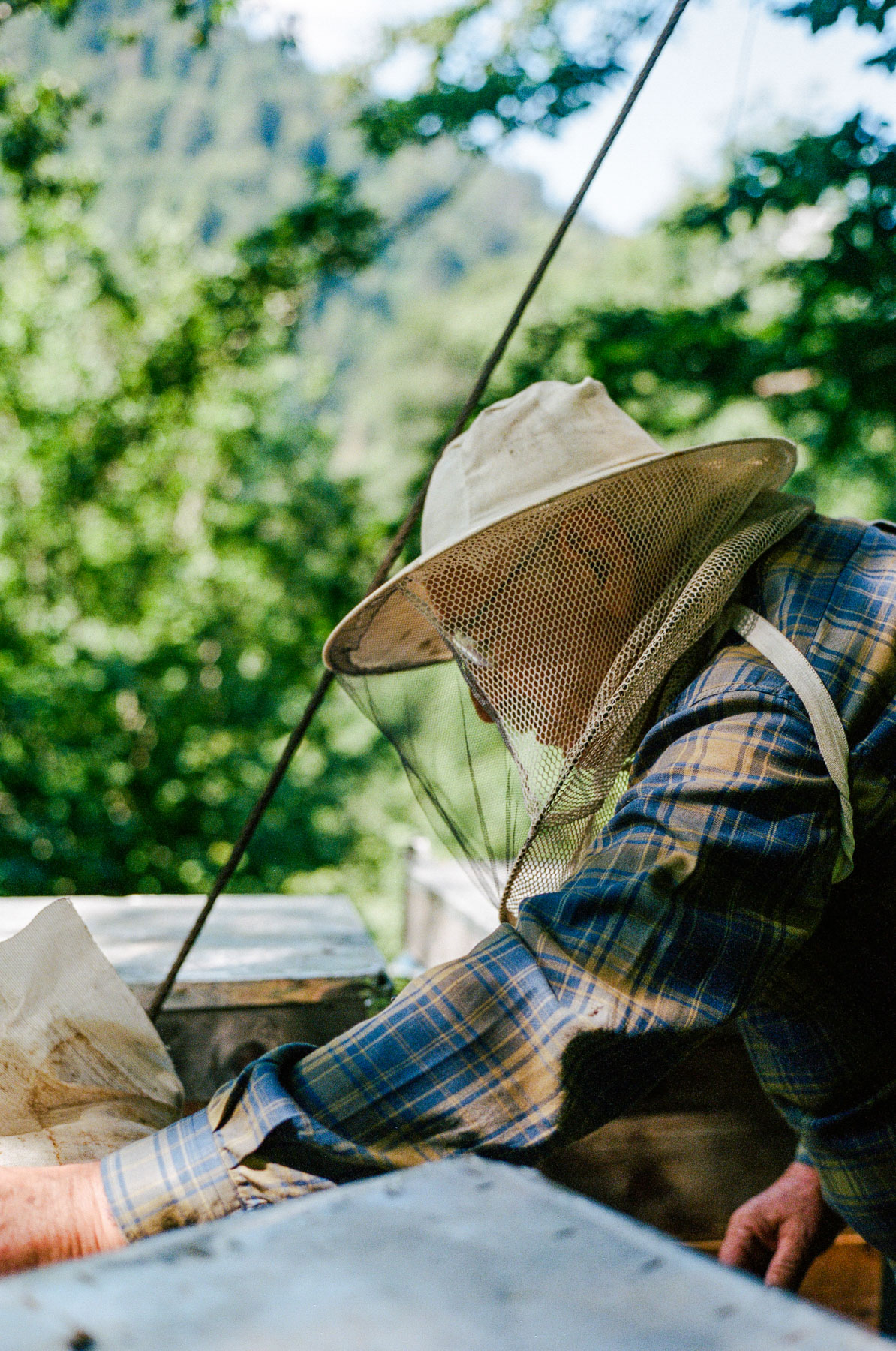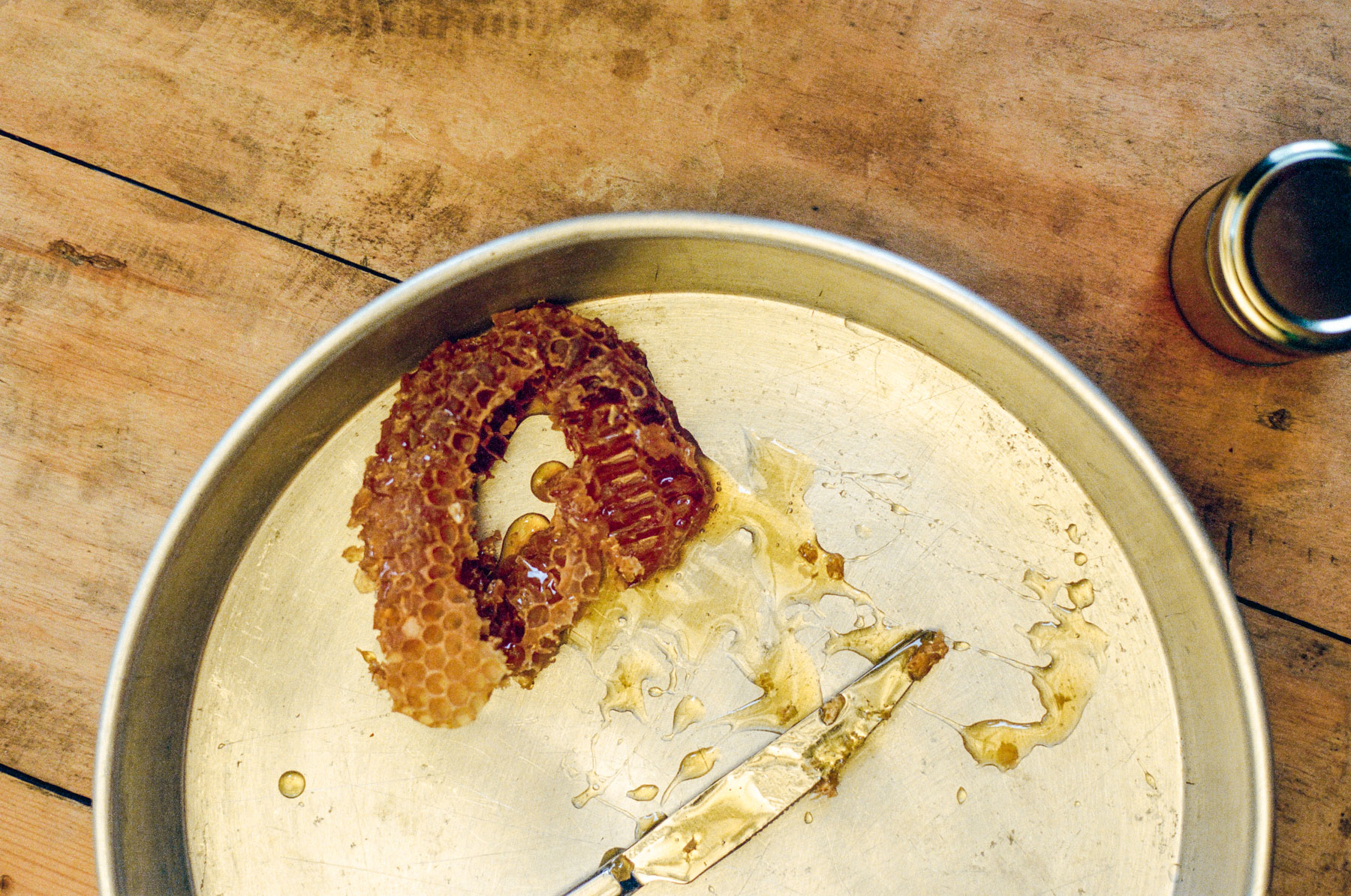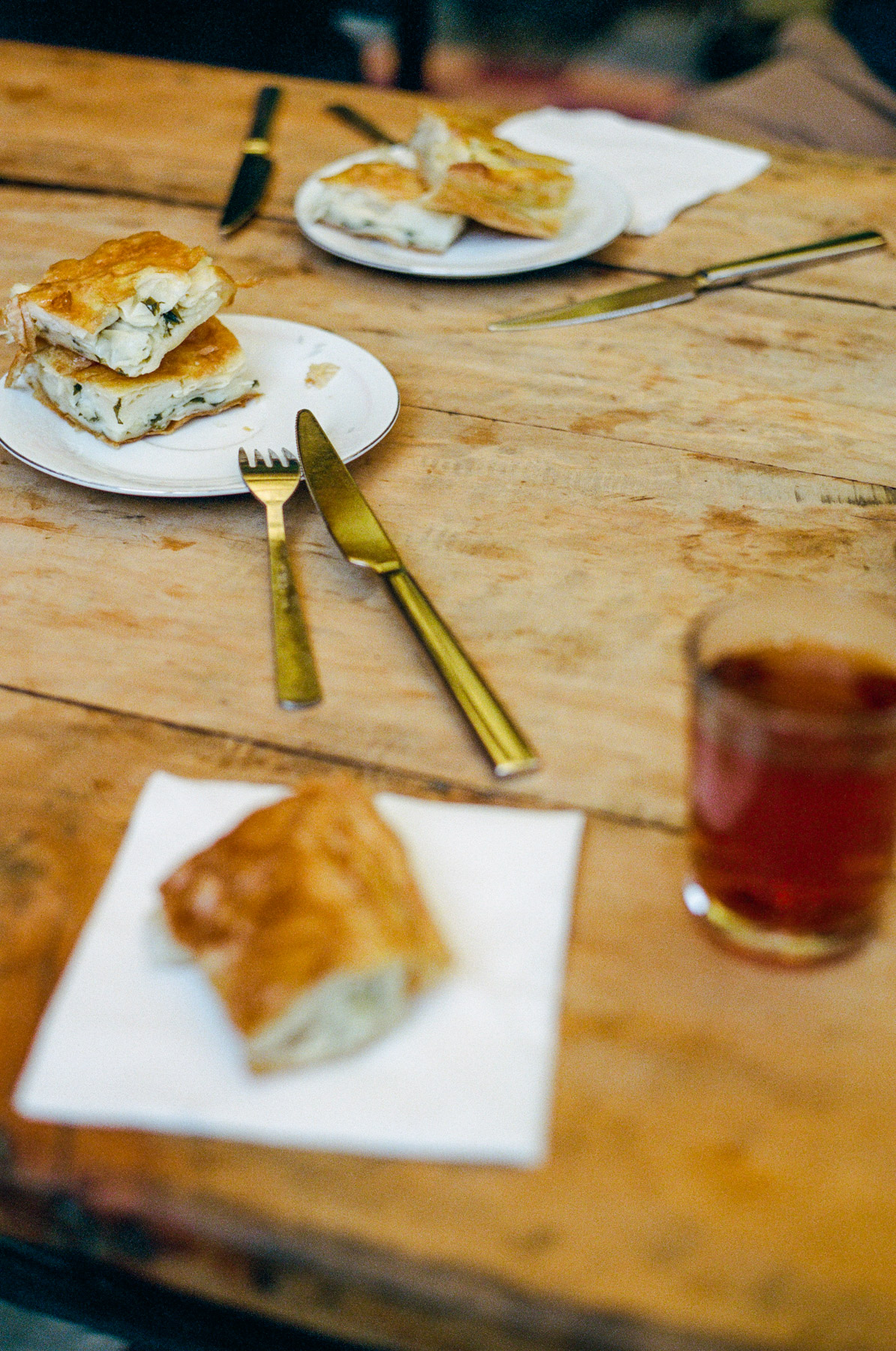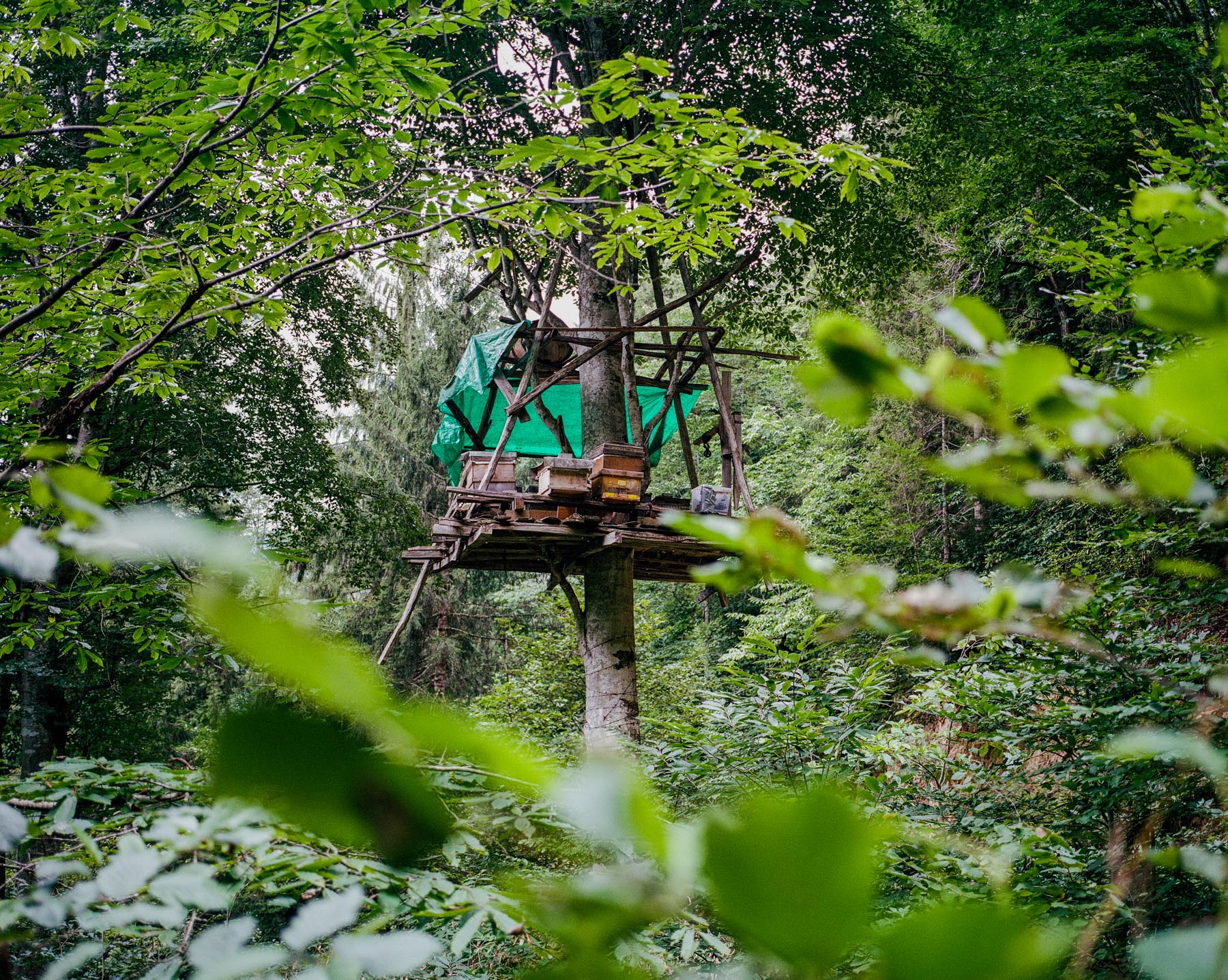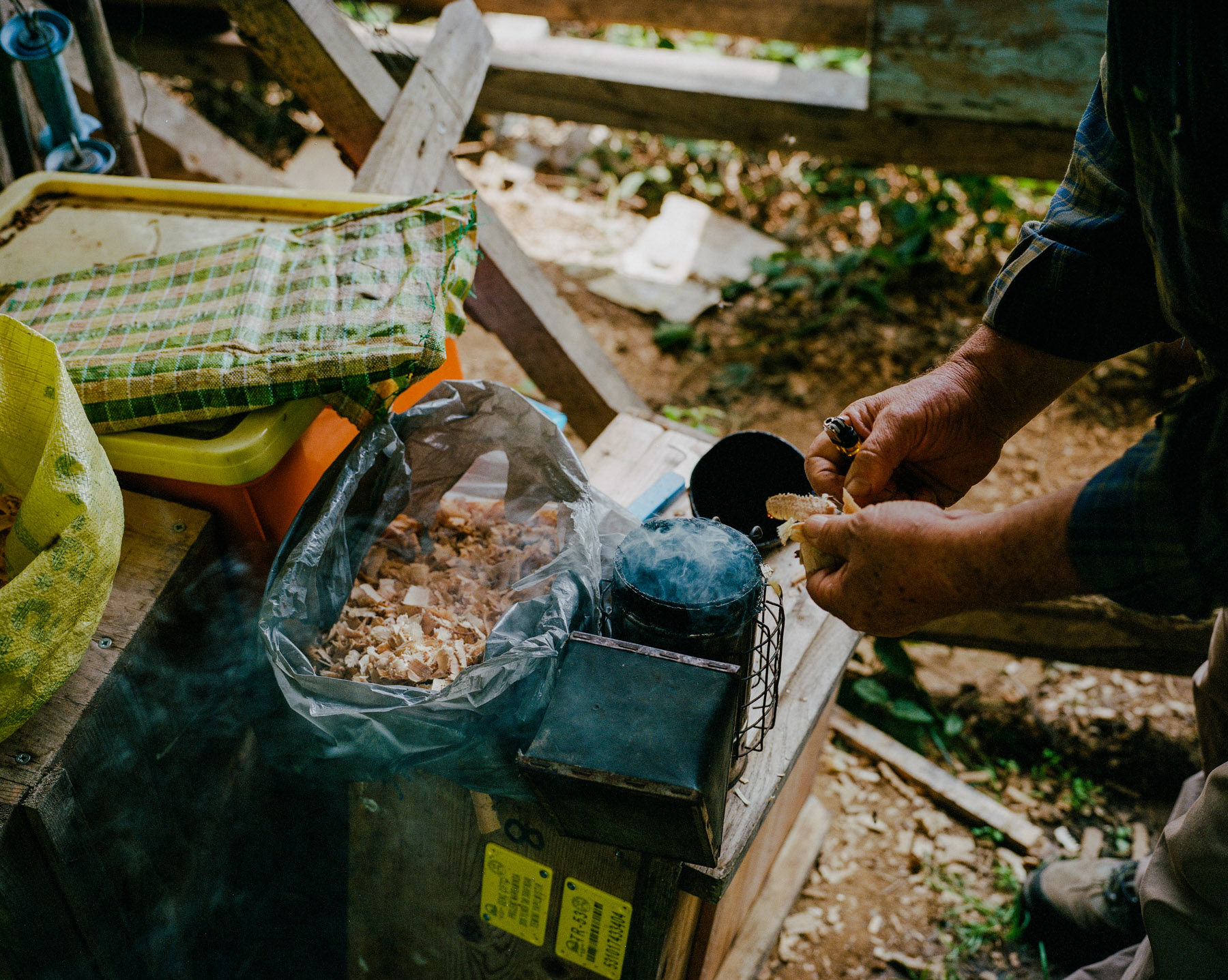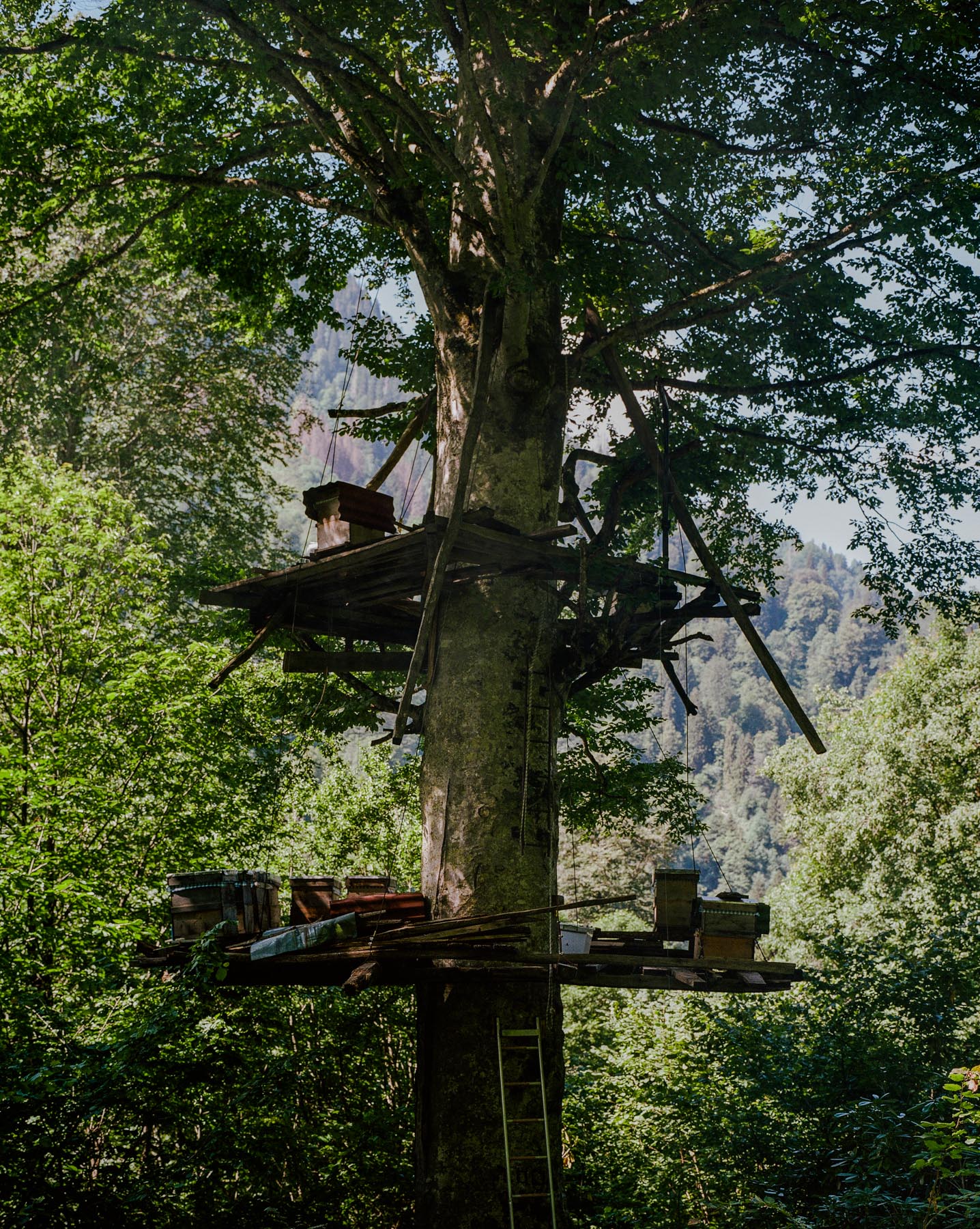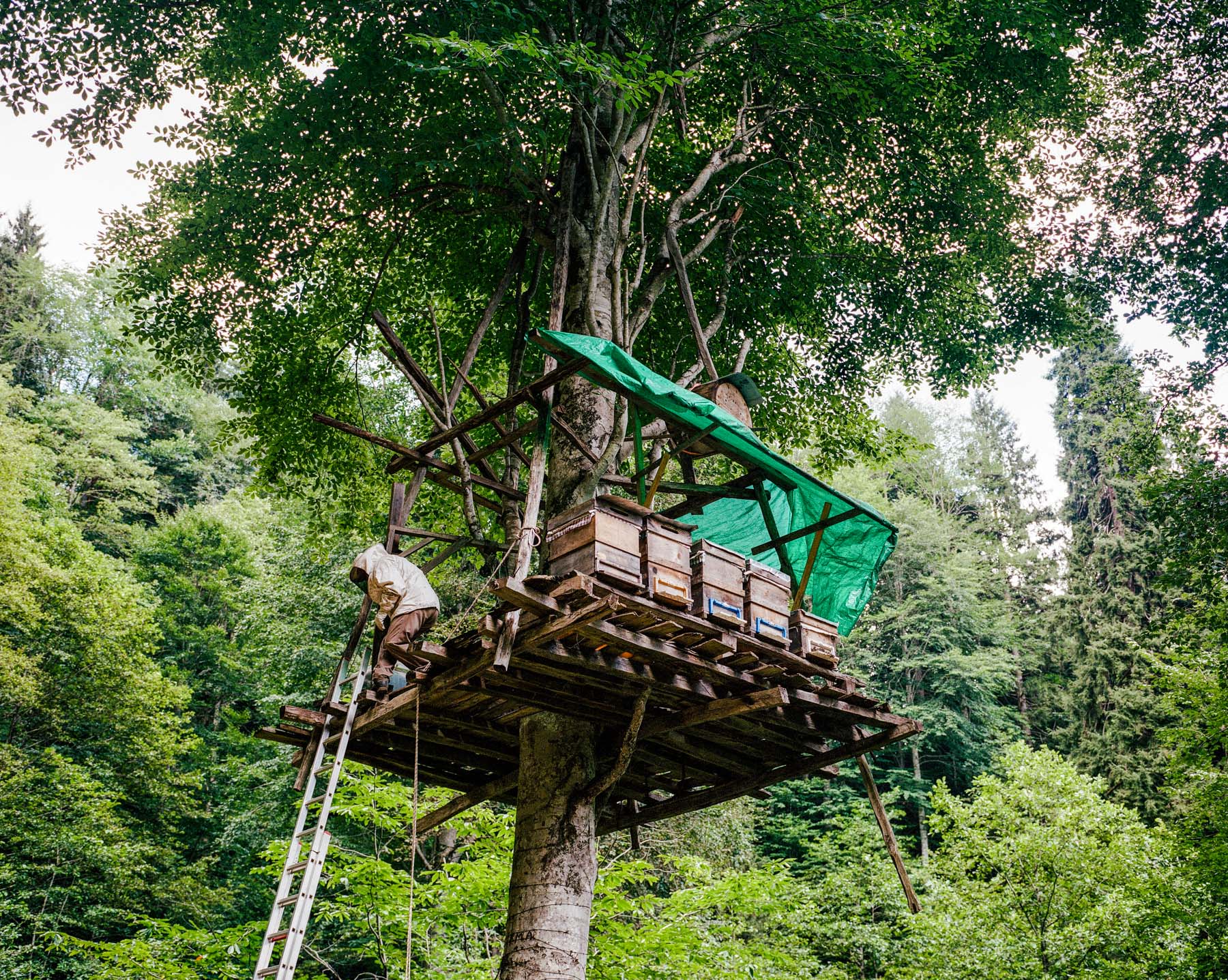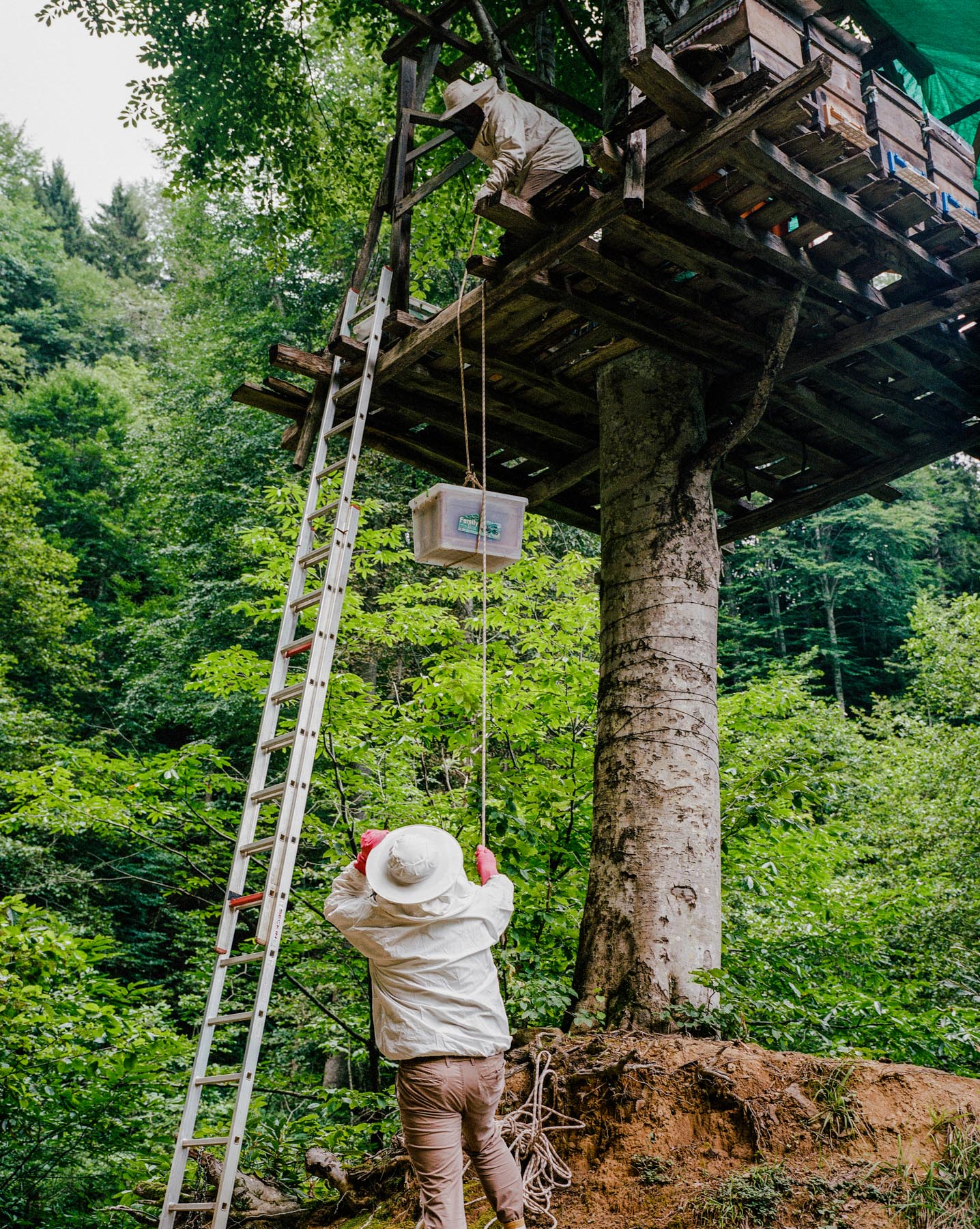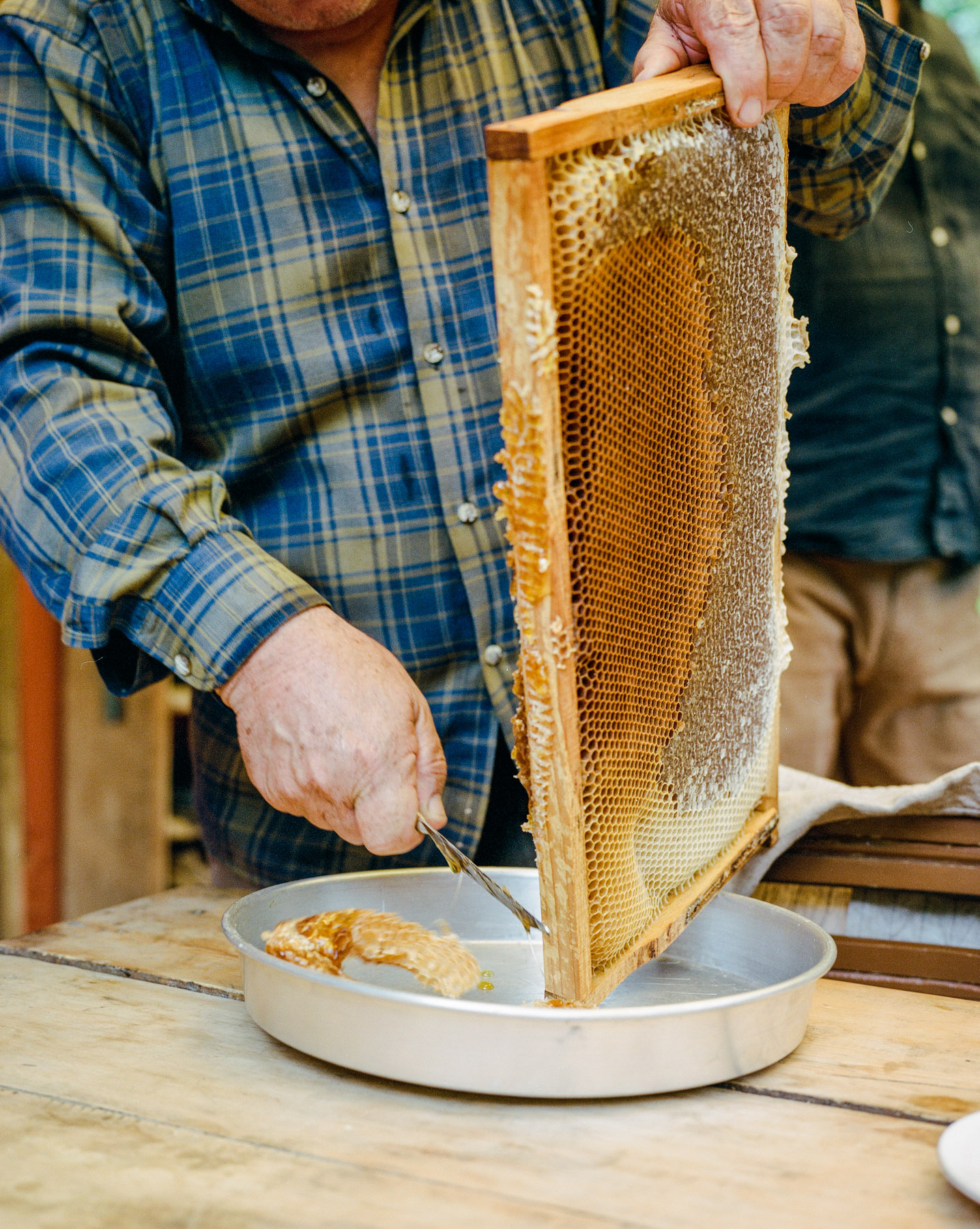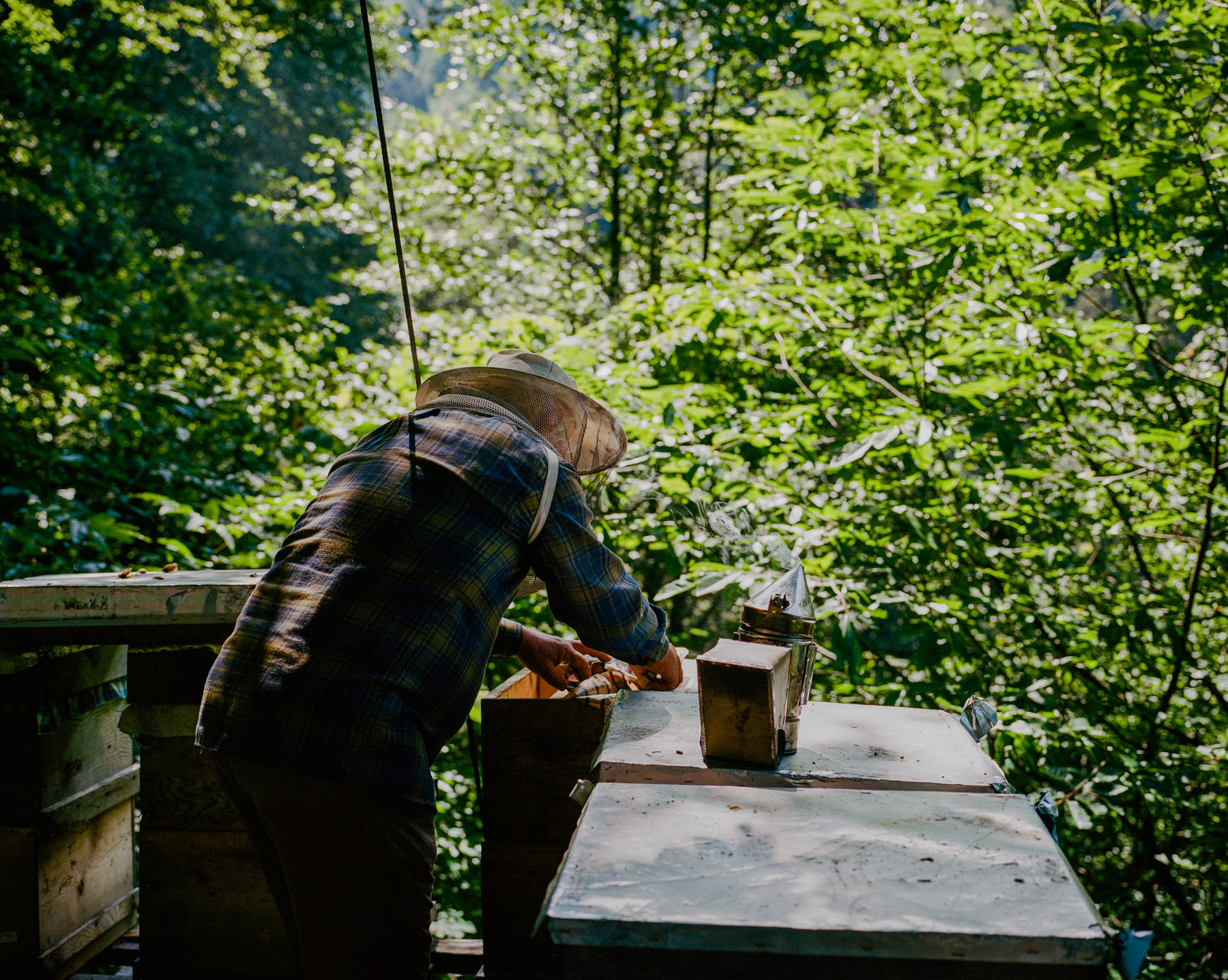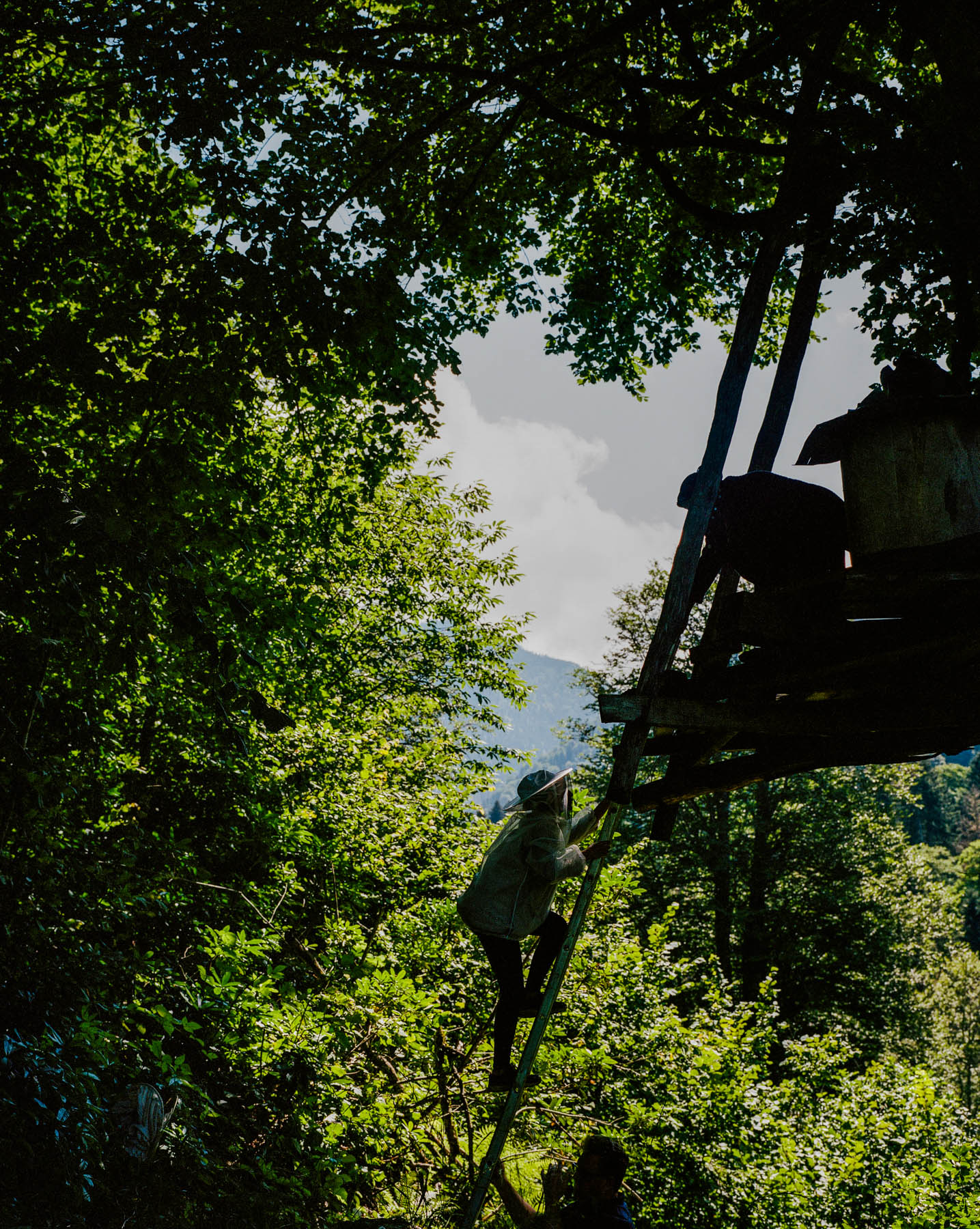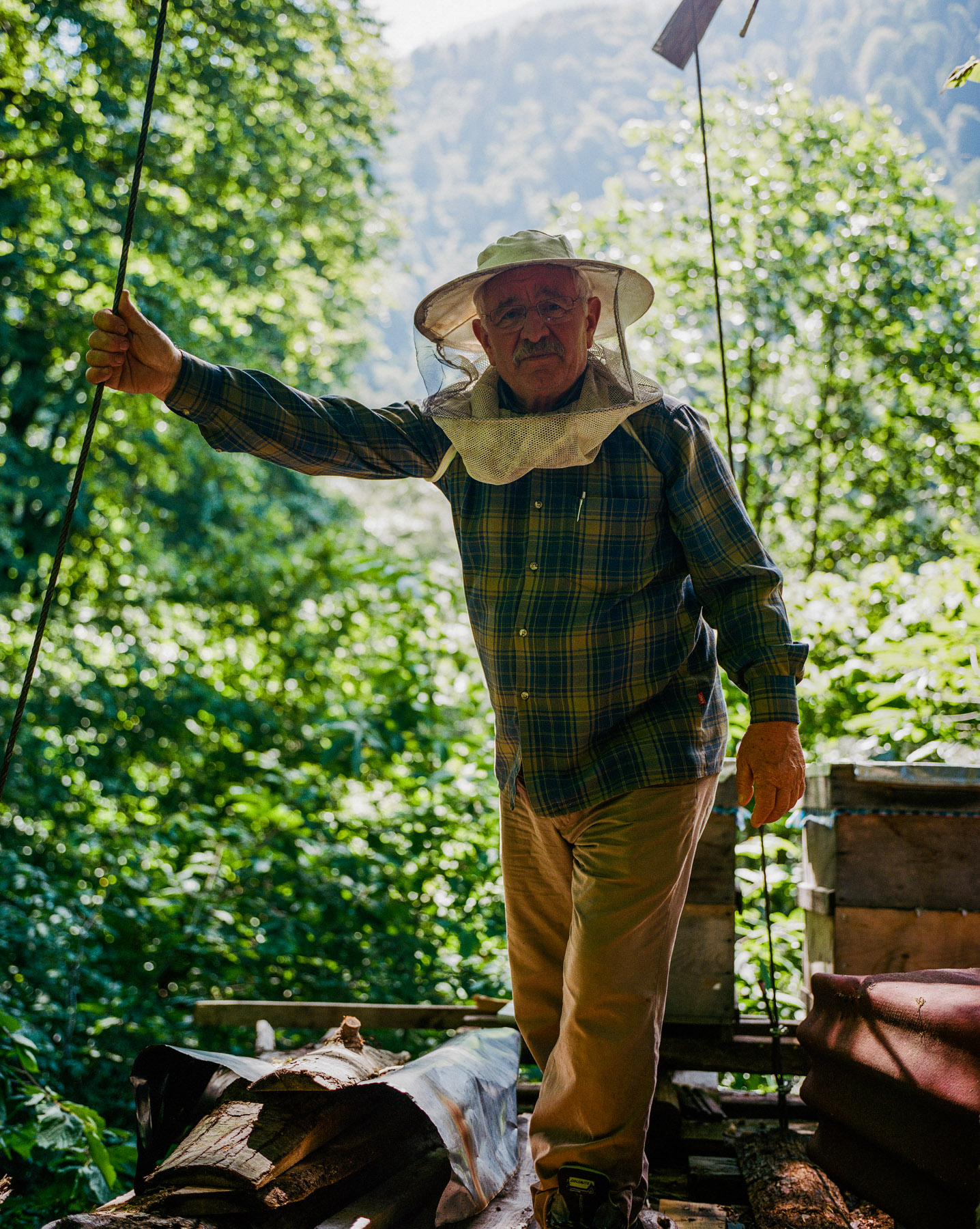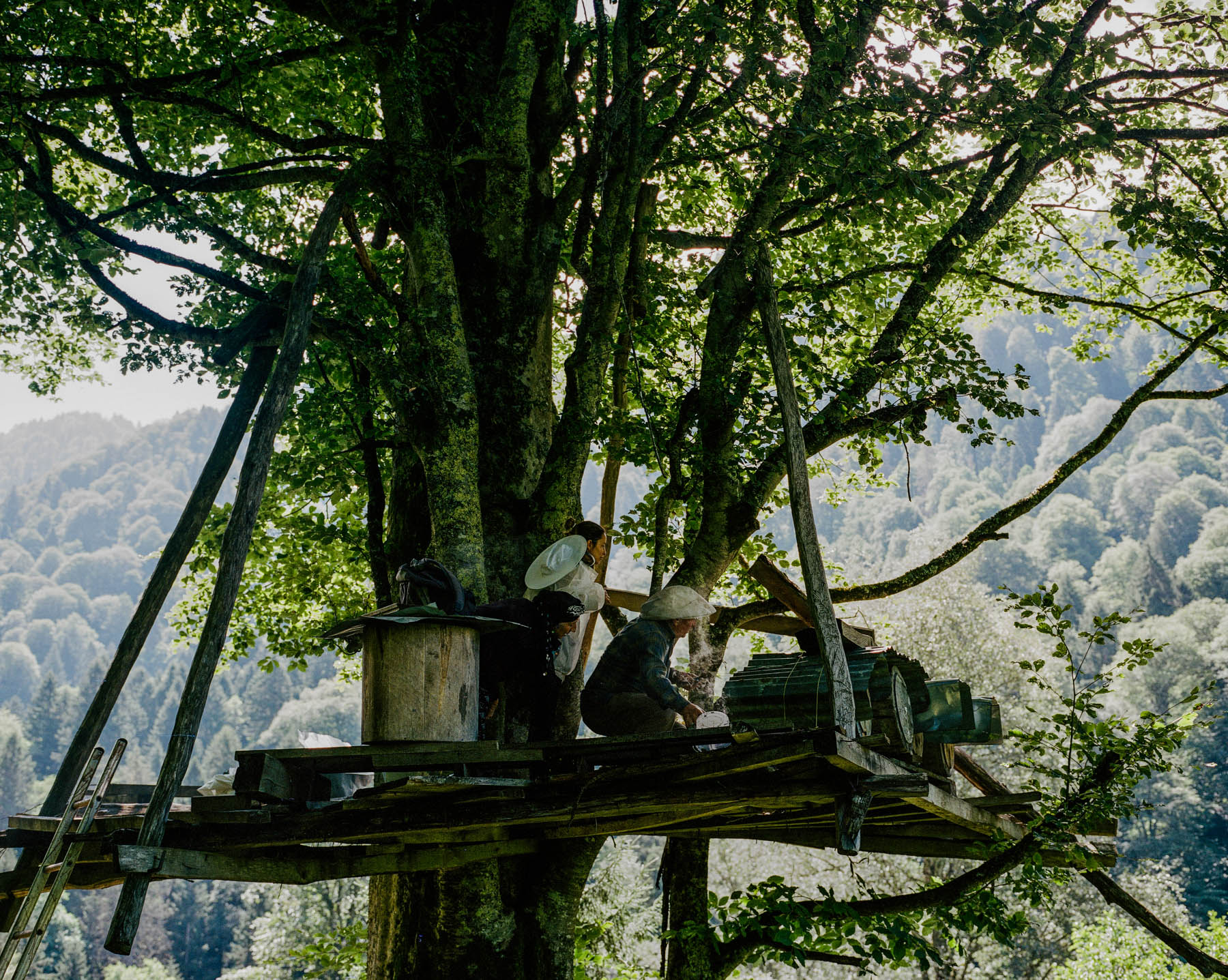In Collaboration with Honey Fingers, Çamlıhemsin, Turkey, 2019.
Beekeeper and writer, Nic Dowse (aka Honey Fingers) and I travelled to Turkey in 2019 to create this body of work in which we explored the beekeeping traditions in Northeastern Turkey, with Bal Ormani – the fabled honey forest, at the centre of our story.
In the mountainous region behind the Black Sea on Turkey’s north-east coast, beekeepers have been managing beehives on tree platforms, in the Bal Ormani, or Honey Forest, for centuries. These hives, hollowed out from large, aromatic logs of the Linden tree, are known as karakovan, or Black Hives. In the last half-century the sustainable practice of keeping Black Hives has come under increasing pressure from the introduction of modern hives in the 1970s; the rapid decline in health of global honeybee populations (which has affected the indigenous and much loved Caucasian honey bee, Apis mellifera caucasia); and the pressure from an exploding tourism industry that is pushing deeper and deeper into the once remote Honey Forest.
In the village of Çamlıhemsin, Özlem Erol, and her atelier Moyy Atölye, maintain Black Hives as part of a wider practice that strives to celebrate and preserve local crafts and traditions in troubled contemporary times. As Hemsin women, an ethic minority in Turkey, Özlem and her network of village craftspeople are learning the the art of beekeeping, traditionally mens’ work, to preserve it alongside the new and old Hemsin cultures of tea cultivation, hazelnut production, and the making of traditional hemp clothing. This is done with one eye to the past, but with feet firmly planted in the contemporary and complex world of social media and globalisation.
This is the story of how a small group of beekeepers is strengthening the leadership of women in the development of a sustainable, local economy. And it is the story of quiet and poetic resistance against a mass-tourism industry that acts as a proxy for the intrusion of a conservative political climate into a quiet mountain village where, just two generations ago, every household kept honeybees in Black Hives.
Words by Nic Dowse https://honeyfingers.com.au/ (@honey_fingers)

